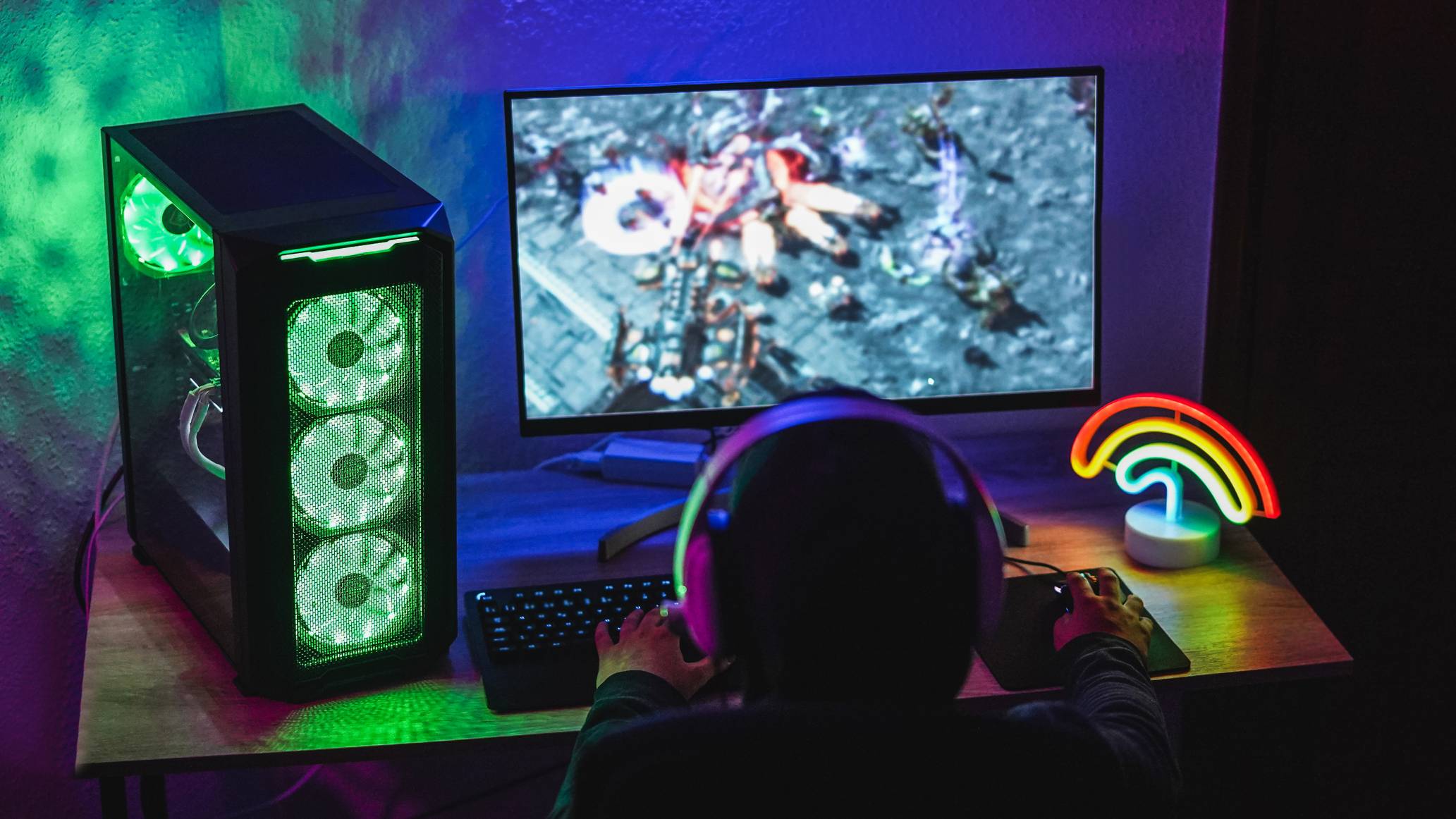
Are you planning to stream your games online on Twitch or YouTube? If you do, you might want to consider using a capture card to better stream your games. Capture cards are devices you can use in your gaming PC to record or capture on-screen content. These devices then encode the on-screen content for playback in either a live stream or high-quality video file.
Aside from gaming PCs, you can use capture cards in video game consoles and cameras. There are four types of capture card connections:
- USB
- PCle
- USB-C
- Thunderbolt 3
To learn how to set up a capture card in your gaming PC, follow the instructions below:
Setting Up a Capture Card in Your Gaming PC
There are two types of capture cards: an external card and an internal card. External capture cards are easy to set up. You can generally connect them to your gaming PC by simply plugging them into an HDMI or USB connection.
It is the internal capture card that you need to set up correctly. Here is an instruction you can follow:
- 1 – Turn your gaming PC’s power off.
- 2 – Remove the cords from the back of your unit.
- 3 – Slide off the cover of your unit’s case by using a screwdriver if needed to reach the PCI slot. The PCI slot is where you are going to install the capture card.
- 4 – Carefully lay down your PC on its side with the motherboard facing up.
- 5 – Find an available PCI slot. Find a small bracket, then use your screwdriver to unscrew it. Once undone, take out the bracket.
- 6 – Slide down the capture card into the PCI slot. Make sure that it is securely lock in place before moving to the next step.
- 7 – Screw the bracket back into the PC case.
- 8 – Reconnect all the cords back to your unit, and move the cover back to its place. Plug the power cord and turn the PC unit on.
- 9 – If the capture card is installed correctly, your gaming PC will detect it. Your unit will then lead you to install the drivers you need to use the capture card.
- 10 – Some capture card drivers can be downloaded online, or the unit itself comes with a disc to install the software needed.
- 11 – After the driver is installed in your gaming PC, restart the unit.
Using a Capture Card to Stream Your Games
After you have installed and set up your capture card, the next thing you need to learn is how to use it.
Below are the steps to follow:
- Step 1 – Start your gaming PC. From your desktop, right-click and select Display Settings.
- Step 2 – Once you’re in Display Settings, connect your second screen by choosing the Duplicate Display option.
- Step 3 – Start a video on your computer. This way, you can know if your movements records in the streaming PC.
- Step 4 – If there is no lagging or issue, the next thing you need is to install a streaming software like OBS. OBS is free.
- Step 5 – Install and set up your streaming software. Make sure that the capture card is its set video source.
- Step 6 – Before you go streaming your games, you need to double-check if all your settings are good. Stay at your streaming PC and keep the software running. Open an internet browser. Go to the streaming channel you want to use. Sign up or sign-in on the site.
- Step 7 – Whatever streaming platform you choose, find and get the stream key in your account setting. Copy the stream key.
- Step 8 – Go back to the streaming software, and check its setting. Paste the key in the stream key, and save the settings.
- Step 9 – Double-check if the game capture setting is there.
- Step 10 – Set up your microphone and make sure it connects to your streaming software. You can go to the software’s Mic/Aux setting to check.
- Step 11 – If you have a webcam, check if it is also set up on the streaming software.
- Step 12 – Once everything is set, start streaming your game.
***
Once you start streaming your video game, don’t forget to share the stream video link to your social media channels. Invite your friends to watch your stream to increase its visibility in the community.
Source: